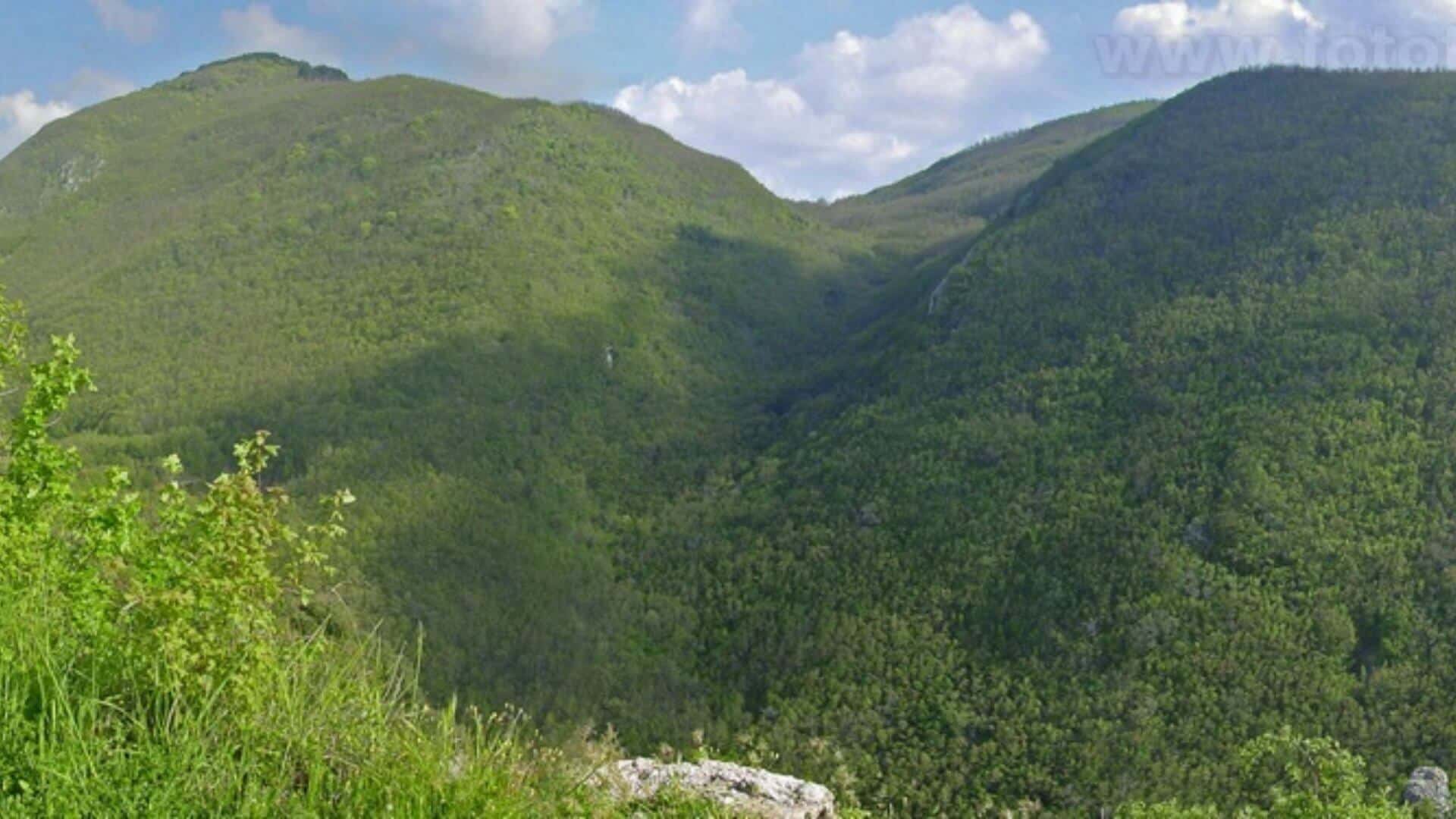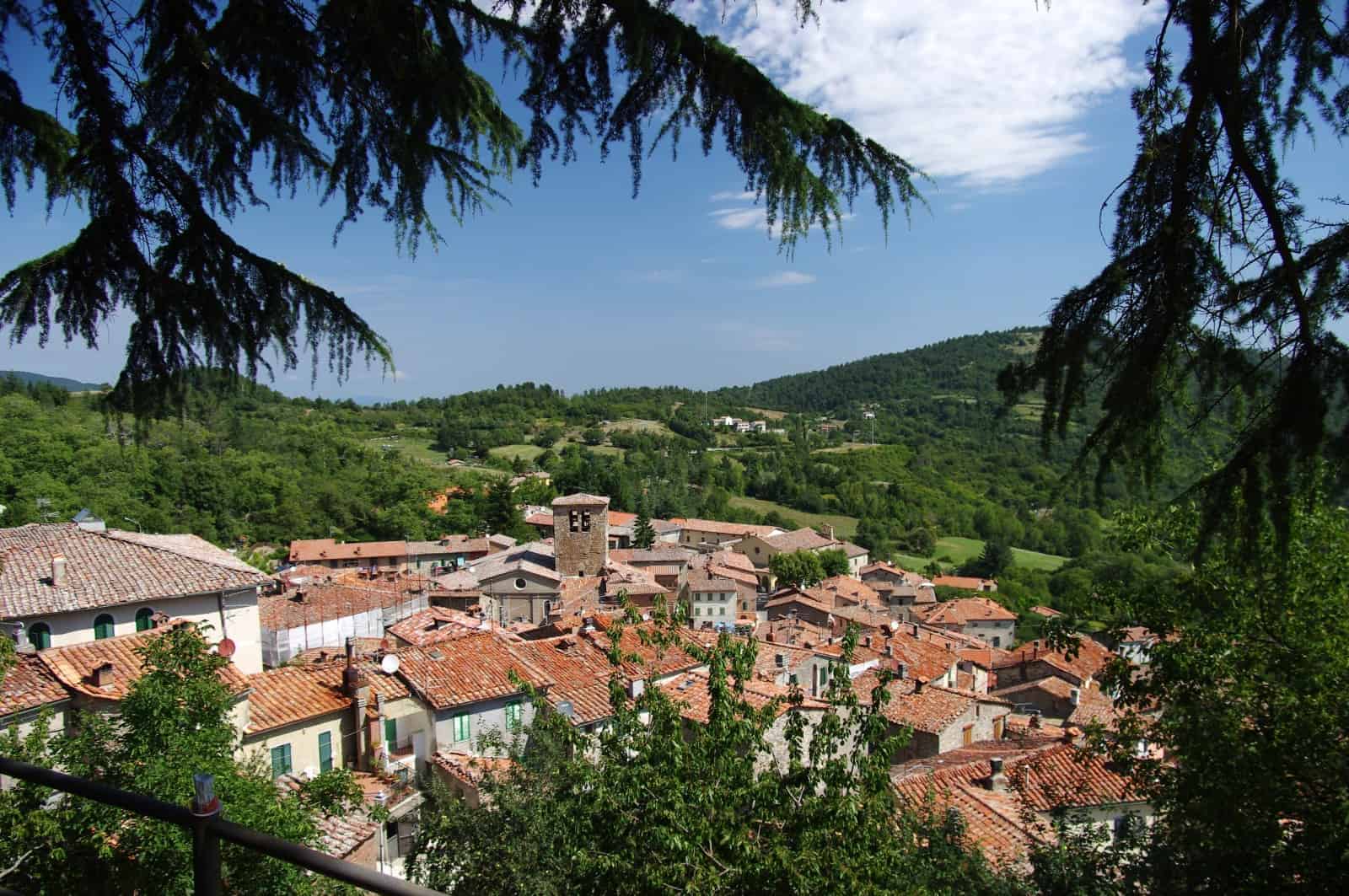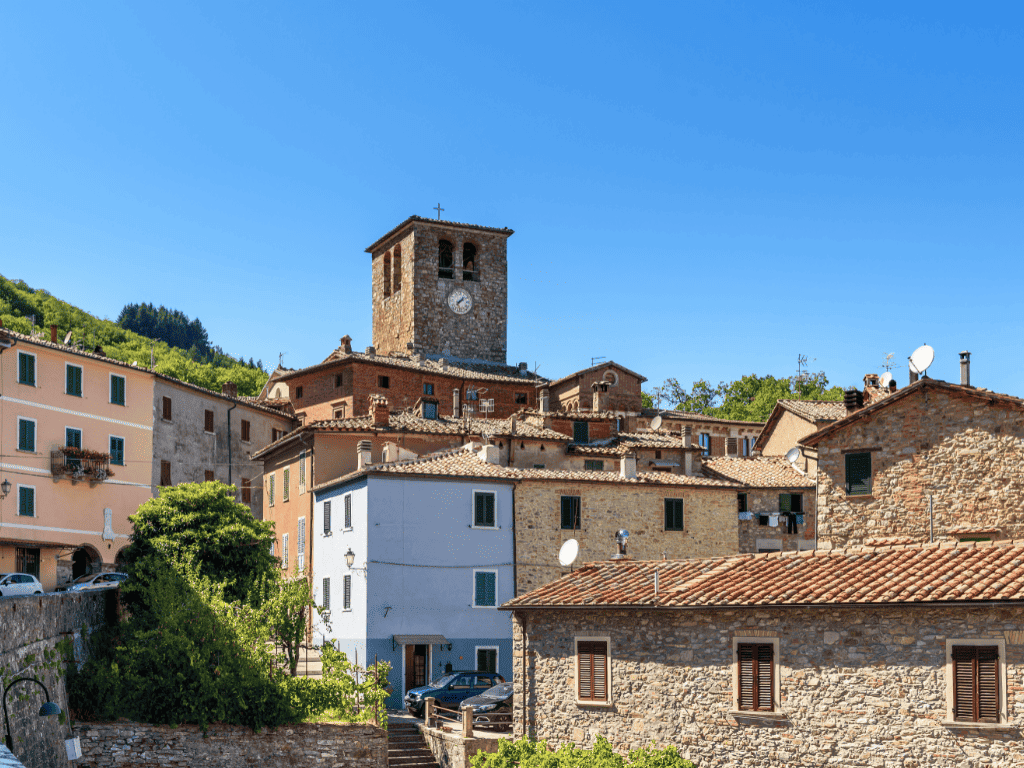Hidden in the diocesan archives of Volterra, there are two documents, the Breve di Montieri (1219) and the Guaita di Travale (1158).
Both represent some of the earliest evidence of the Italian language and were used to organize the community. Montieri takes its name from Mons aeris, which means “mountain of copper.” In the 10th century, the bishop of Volterra established dominion over the city, which would last for three centuries. The people of Montieri have always had a strong sense of civic duty: in the 13th century, they established a sort of constitutional monarchy avant la lettre, the only one of its kind in Maremma, with a council led by noble families who governed without opposing the bishop. Five centuries later, the people of Montieri were the first in Maremma to join the Kingdom of Italy. The town is very proud of its 3,000-year-old mining history. The initial settlement was little more than an outpost founded to protect the silver and copper mines, and it grew into an advanced mining center. In its quiet streets, thanks to the proceeds from the mines, brightly colored palaces and stone churches were built. Outside the city walls, over 500 km of trails crisscross through ancient forests, hidden convents, and medieval mines.
What to See in Montieri
Start your visit to Montieri at the town hall in Piazza Gramsci. The building, in neo-Gothic style, is just over a hundred years old, but its stone balconies will make you think of Romeo and Juliet. Next to it, the Palazzo Papi Mattii, with a similar appearance, was built in the 17th century for the Marquis of Montieri, who held office for a short time. Under the arches of the loggia are the Fonti di Sopra, public wells built around 1236.
Nearby are the smaller Fonti di Sotto. Heading towards Via delle Fonderie, pass the 13th-century Zecca (mint) of Montieri and reach the Church of San Francesco. Ignore the neon-orange facade and go inside to see a collection of 16th-century paintings by Giuseppe Nasini (page 214), inspired by the Venetian style of the time. Returning to Piazza Gramsci, follow Via della Chiesa to the Church of SS. Michele e Paolo, which houses a distinctive 13th-century capital from another church, probably the oldest piece on display. The church’s most beautiful work is the 1604 organ, while its most interesting one is the bust (1670) dedicated to Blessed Giacomo Papocchi, a hermit born in Montieri in the 13th century, who had a hand and foot amputated on charges of stealing from a nearby silversmith’s shop. The event helped him find his faith, and he spent the rest of his life voluntarily confined to a small cell, where he had visions and performed miracles.
You can see Papocchi’s cell in the Church of San Giacomo, near the Cassero. The medieval church has a simple and beautiful stone facade, but the interior is bare except for the two decorative Romanesque capitals.
Main Events
Tempora Artis Magicae – First weekend of August
There are plenty of medieval festivals in Maremma, but none are as enchanting as this one in Montieri. An event to relive the costumes, food, and magic of the Middle Ages, with a different theme every year. Past festivals have even included the celebration of a medieval wedding and fire and war shows.





